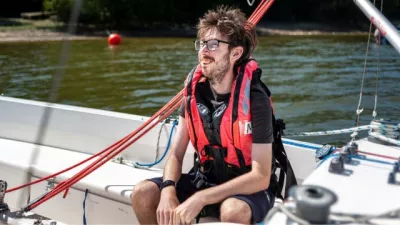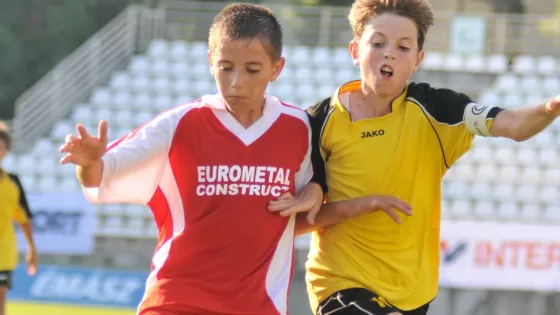Many children living with epilepsy love the thrill of sports but people can often restrict them based on the perception they can’t take part. Here’s how schools can enable young people with epilepsy to participate just as fully as other students based on suggestions provided by our audience.
Sports is a great way of building fitness, teamwork skills and confidence in a developing young person. From P.E. classes to regional football tournaments, sports can be an accessible space for young people with these 5 things.
1. Epilepsy first aid training
It's important for coaches, teachers, and staff members to be informed about the triggers, signs, and appropriate courses of action. Sometimes people exclude individuals with epilepsy because they are unsure how to handle a seizure if it happens. First aid training helps people learn how to identify seizures, provide proper first aid and can help inform a safe sporting environment. Empowering school pupils could start by empowering school personnel.
I missed many trips because not enough people were trained and I was constantly told I was a risk.Young person
2. Education and awareness
It’s hard to help someone before you know what they need help with. Training people in schools about epilepsy helps everyone understand and support those with the condition. This creates a more inclusive and caring environment for everyone involved.
Schools can organise educational sessions between Young Epilepsy and students, parents or staff, demystifying how the condition affects young people.
3. Providing reasonable adjustments
Schools can facilitate young people with epilepsy participating in sports by making simple changes based on their individual needs. This might be extra supervision, shortening the amount time of prolonged strenuous activity, providing different equipment etc. If a student has an Individual Healthcare Plan, their needs will be clearly identified for quick and easy application.

4. Breaks as required
For young people with epilepsy, taking regular breaks during sports activities can be crucial in managing their condition. Schools can let students take breaks without feeling left out, like switching players during team sports. This helps students with and without epilepsy achieve a healthy balance, leading to increased positive engagement.
Wasn't allowed to do any PE or the like all year even though given the okay by the doctors and medical team.Young person
5. Open communication
Having open and clear dialogue between students, parents, teachers, coaches etc. could be invaluable in the life of a young person. It normalises their condition making them feel less like the “other” in their peer groups and on their sports teams.
Encourage young people with epilepsy to communicate their needs and the impact of epilepsy on their lives. Those without epilepsy should actively listen, becoming more informed and lowering any fear of the unknown. Through open, non-judgemental conversation, and young people can find inclusion, support and maybe even potential solutions.


